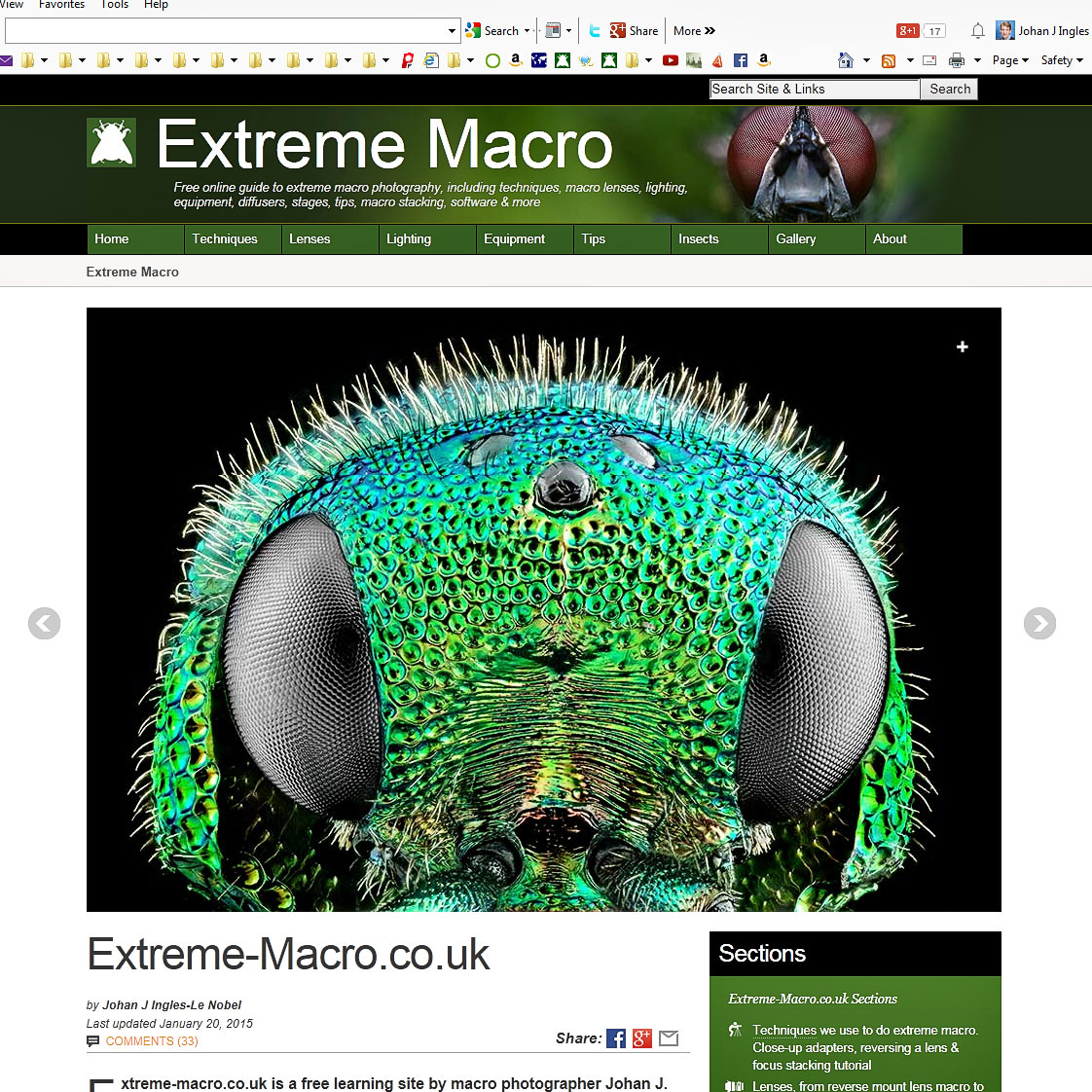Site Supporter
- Followers
- 0
- Following
- 2
- Joined
- Nov 9, 2020
- Posts
- 17
- Likes Received
- 3
- Name
- Zé Fontes
- Country
- Portugal
- City/State
- Porto
For my understanding, the main purpose of extension tubes is to reduce the minimum focal distance of a given lens.
Given the example of the E PZ 16-50mm, the E 18-135 and the E 70-350 G, is it possible to achieve a 1:1 magnification ratio in any of them? If so, is any of these lens capable of achieving better results?
Given the example of the E PZ 16-50mm, the E 18-135 and the E 70-350 G, is it possible to achieve a 1:1 magnification ratio in any of them? If so, is any of these lens capable of achieving better results?


